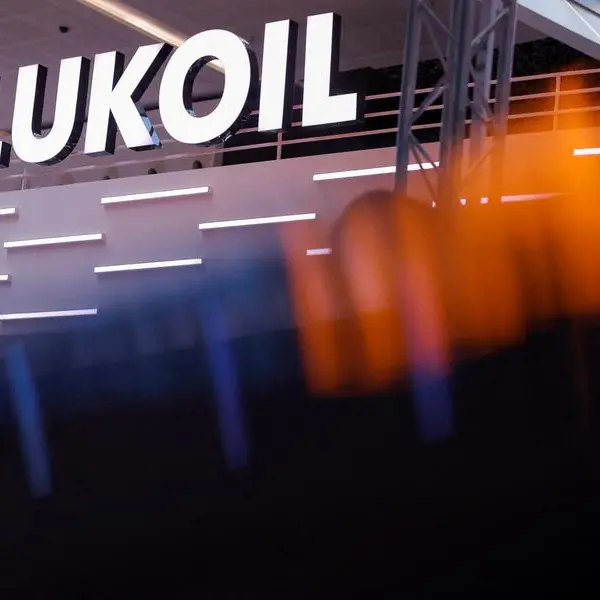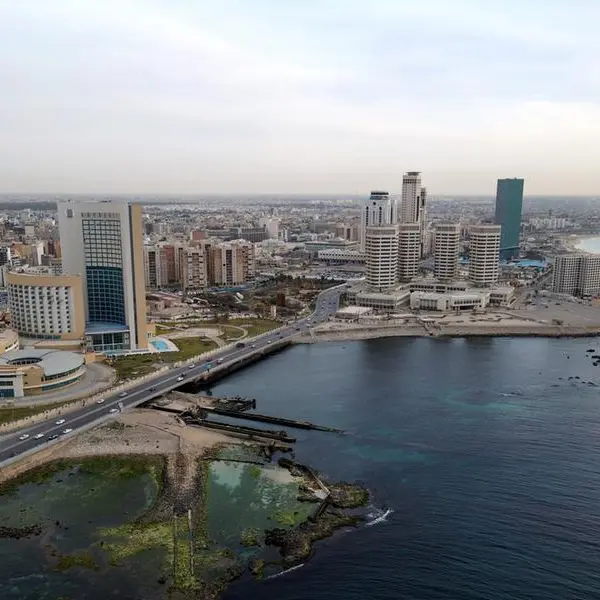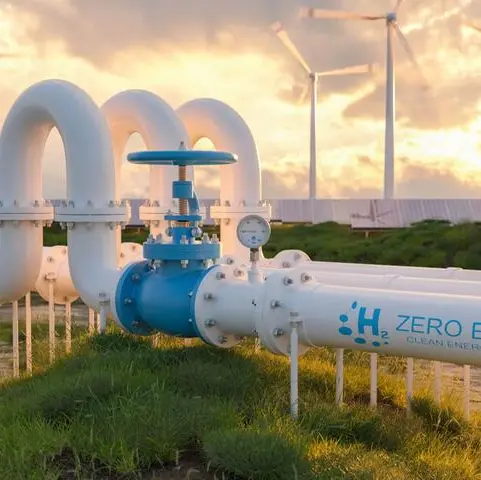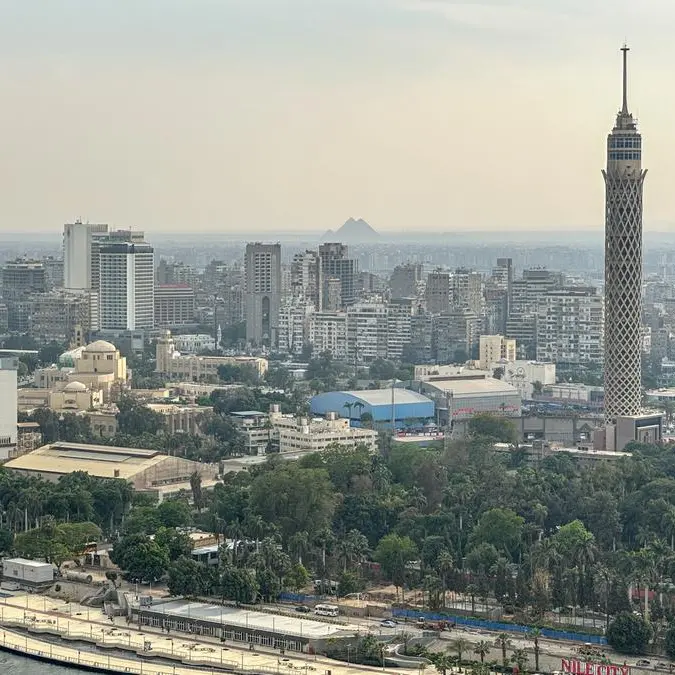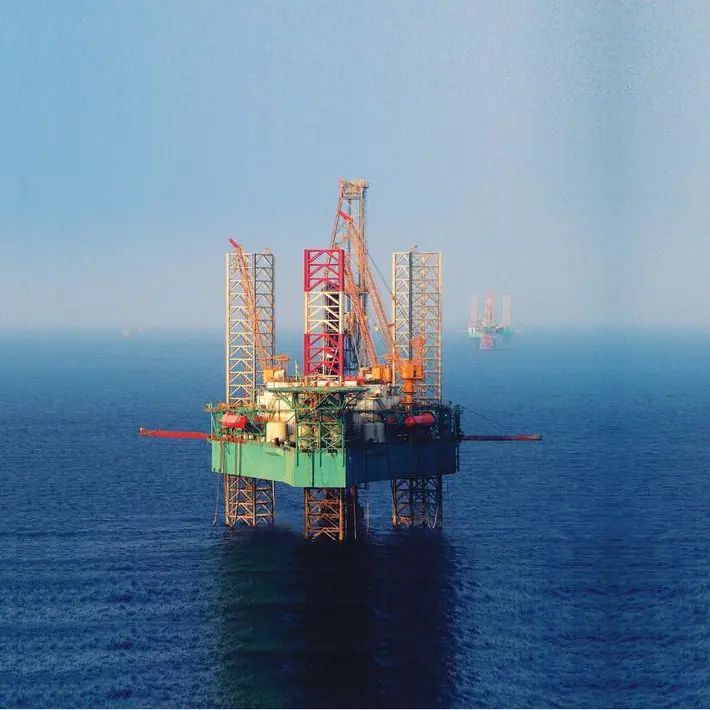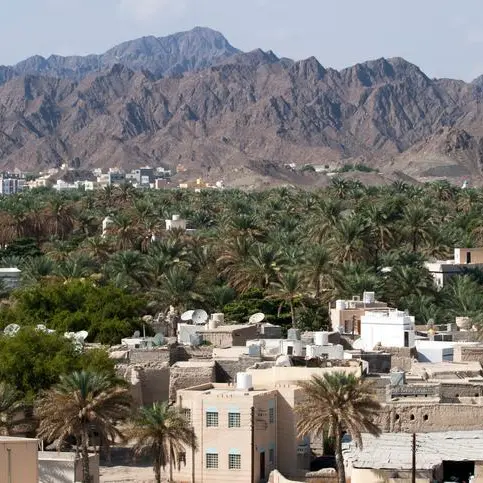PHOTO
RIYADH: The Saudi Power Procurement Company (SPPC) has signed power purchase agreements (PPA) for three new solar photovoltaic projects with a consortium of Acwa Power Company, the Water & Electricity Holding Company (Badeel), a wholly owned subsidiary of the Public Investment Fund (PIF), and Aramco Power, a fully-owned subsidiary of Saudi Aramco.
These new projects, with a capacity of 5,500 MW are part of the National Renewable Energy Program, which is supervised by the Ministry of Energy.
These agreements were inked in the presence of Prince Abdulaziz bin Salman bin Abdulaziz Al Saud, Minister of Energy,
The three solar projects are: Haden Solar PV, in Makkah Province, with a total capacity of 2,000 MW and an LCOE of 1.58762 cent/kWh (5.95356 Halala/kWh); Al-Muwaih Solar PV, in Makkah Province, with a total capacity of 2,000 MW and an LCOE of 1.60852 cent/kWh (6.03194 Halala/kWh); Al-Khushaybi PV, in Qassim Province, with a total capacity of 1,500 MW and an LCOE of 1.67289 cent/kWh (6.27334 Halala/kWh).
Starting 2024, the Kingdom of Saudi Arabia will tender annually new renewable energy projects with a total capacity of 20 GW with the aim of reaching between 100 to 130 GW by 2030, depending on the growth of electricity demand, said a statement from SPPC.
Since the start of the renewables programme to date, 21 projects have been awarded, including the projects that were signed today (June 26) with a total capacity of 19 GW.
Of the 21 projects, 7 projects with a total capacity of 4.1 GW are now connected to the grid, 8 projects with a total capacity of 8.2 GW are under construction, and 6 projects with a total capacity of 7 GW are in the financial close stage, it stated.
Furthermore, and since the start of 2024, 6 new renewable energy projects have been tendered with a total capacity of 6.7 GW, it added.
SPPC said additional capacities are planned to be tendered during the current year in order to achieve the 20 GW annual tendered capacities target.
The National Renewable Energy program’s projects aim to reach the Kingdom’s optimal energy mix targets, and displace liquid fuels used in power generation sector and other sectors in the Kingdom, as part of the energy ecosystem’s efforts towards achieving Saudi Vision objectives, it added.

